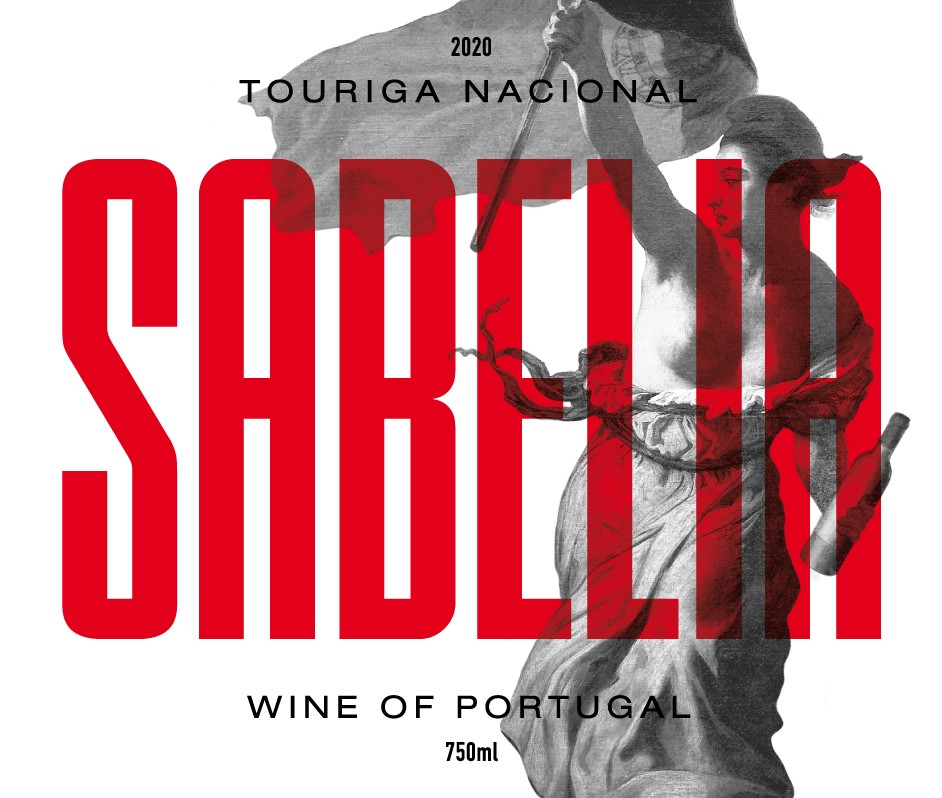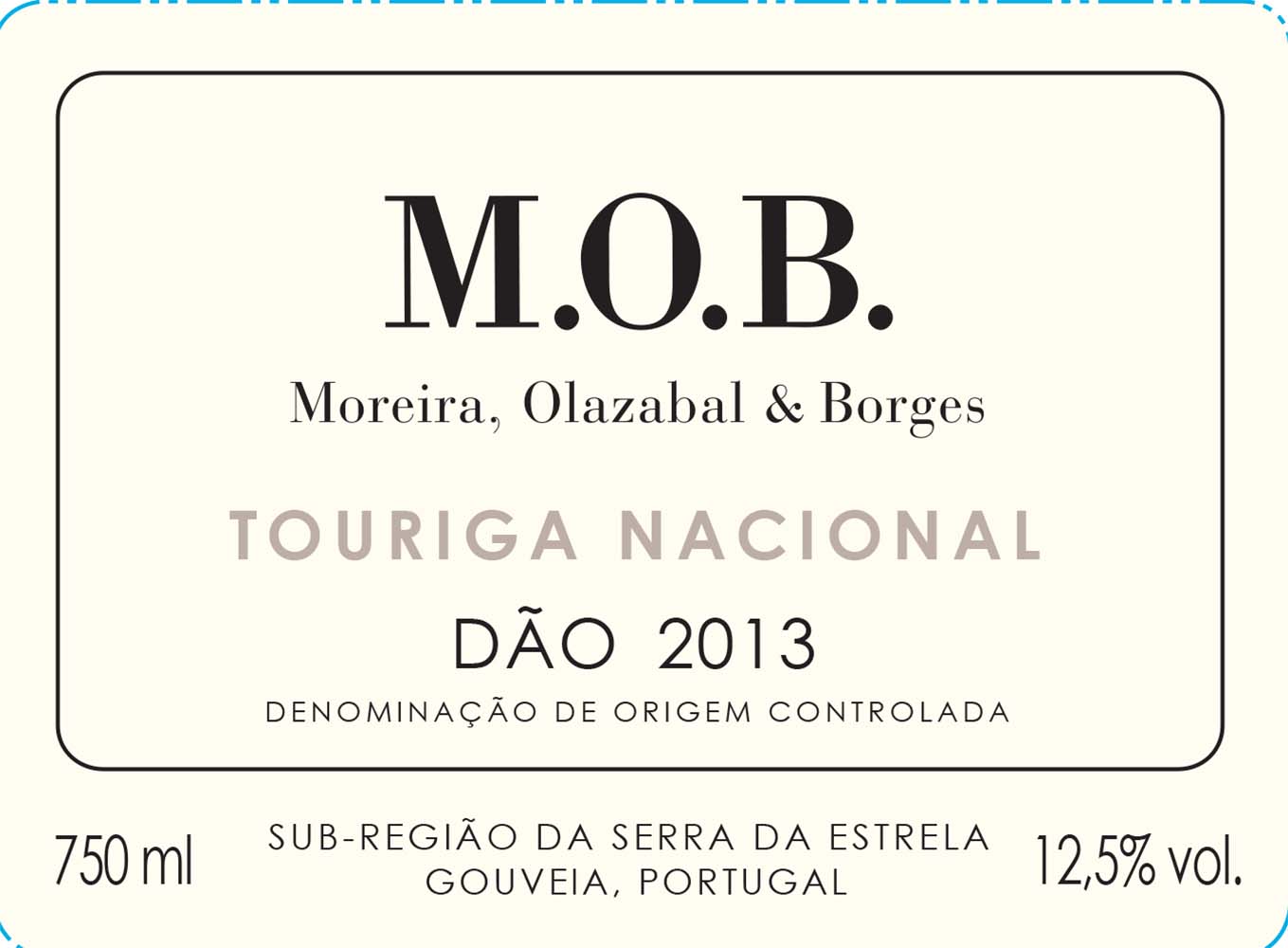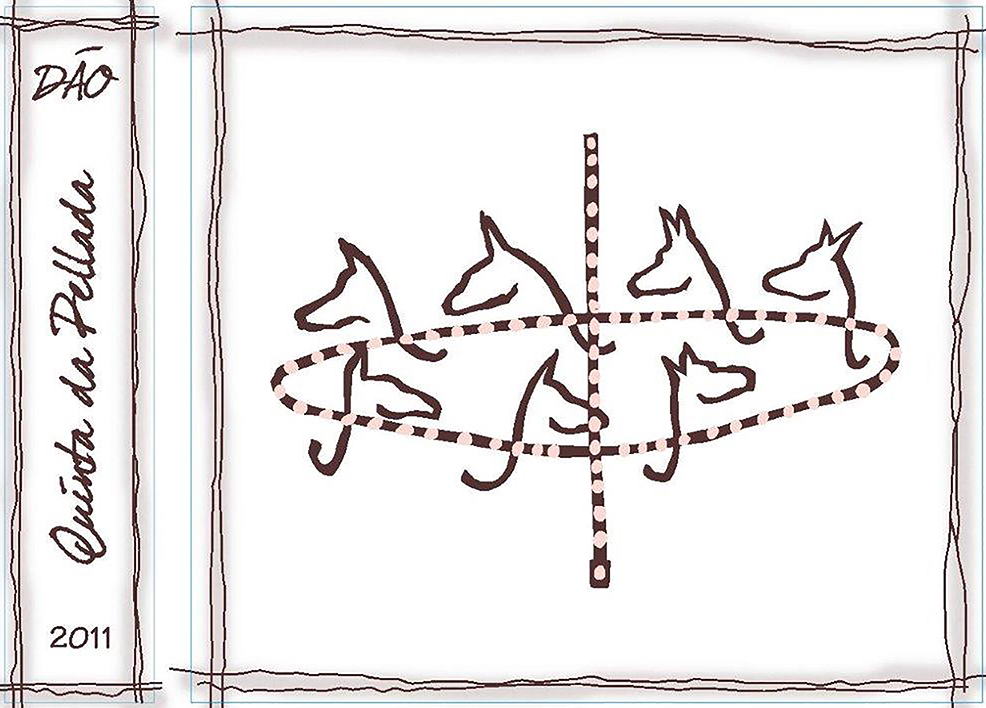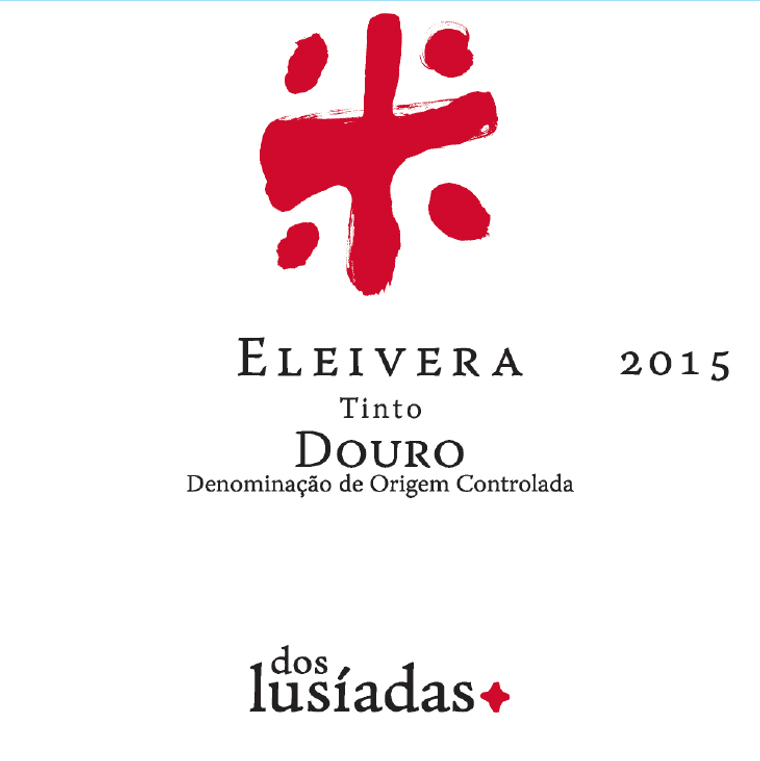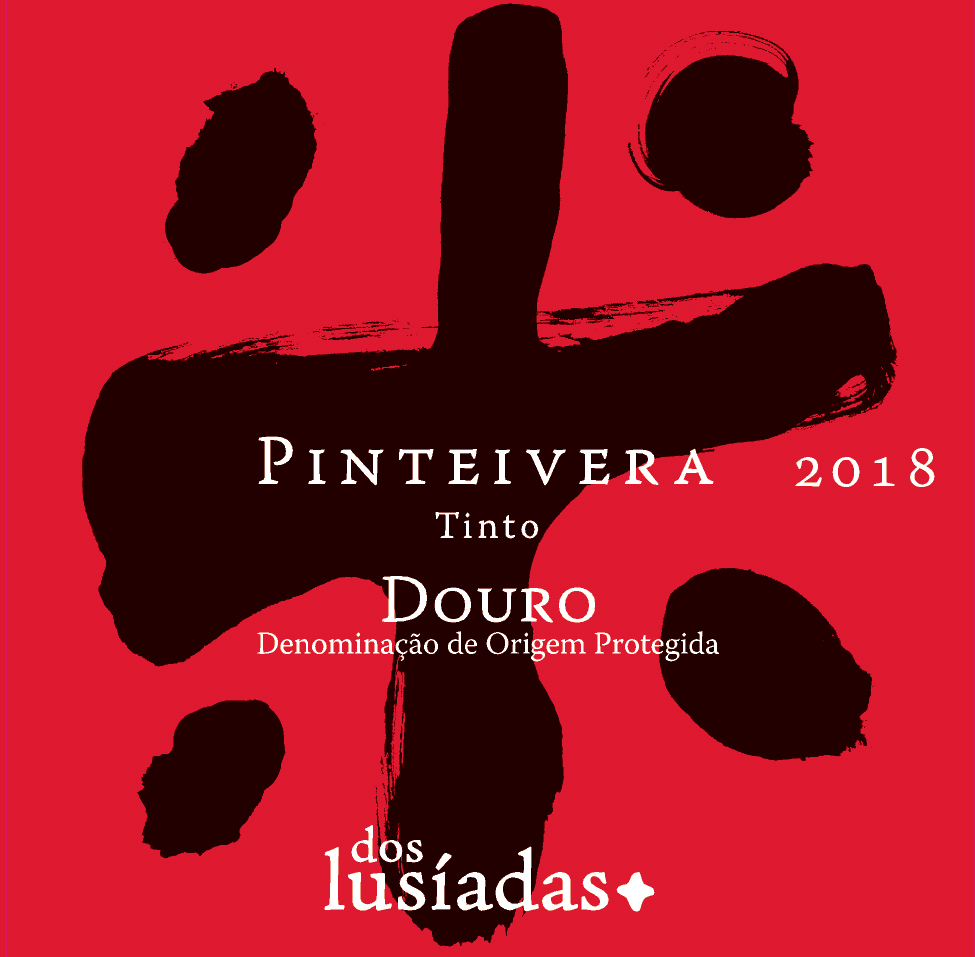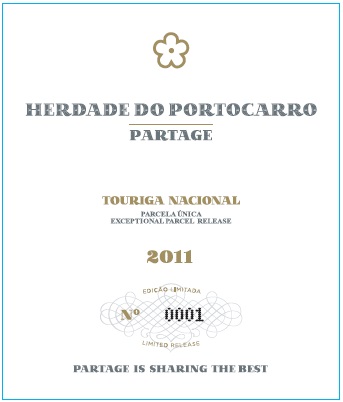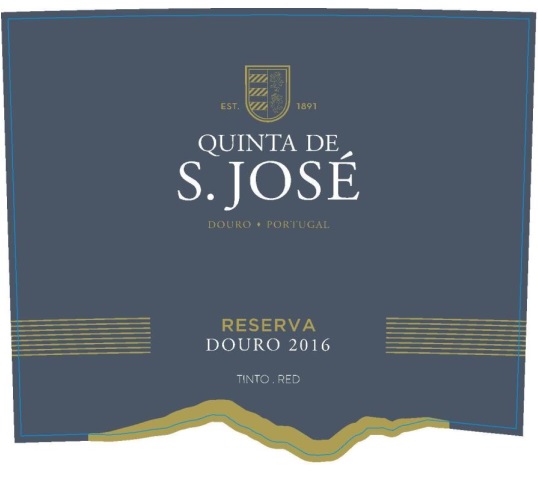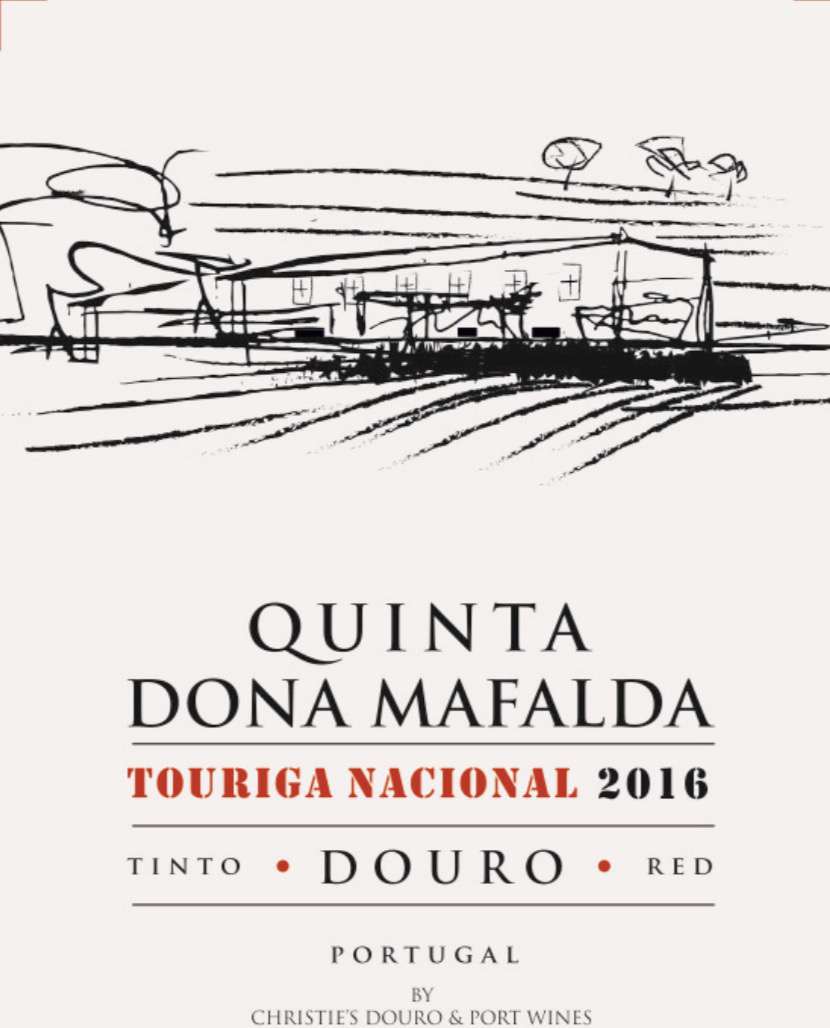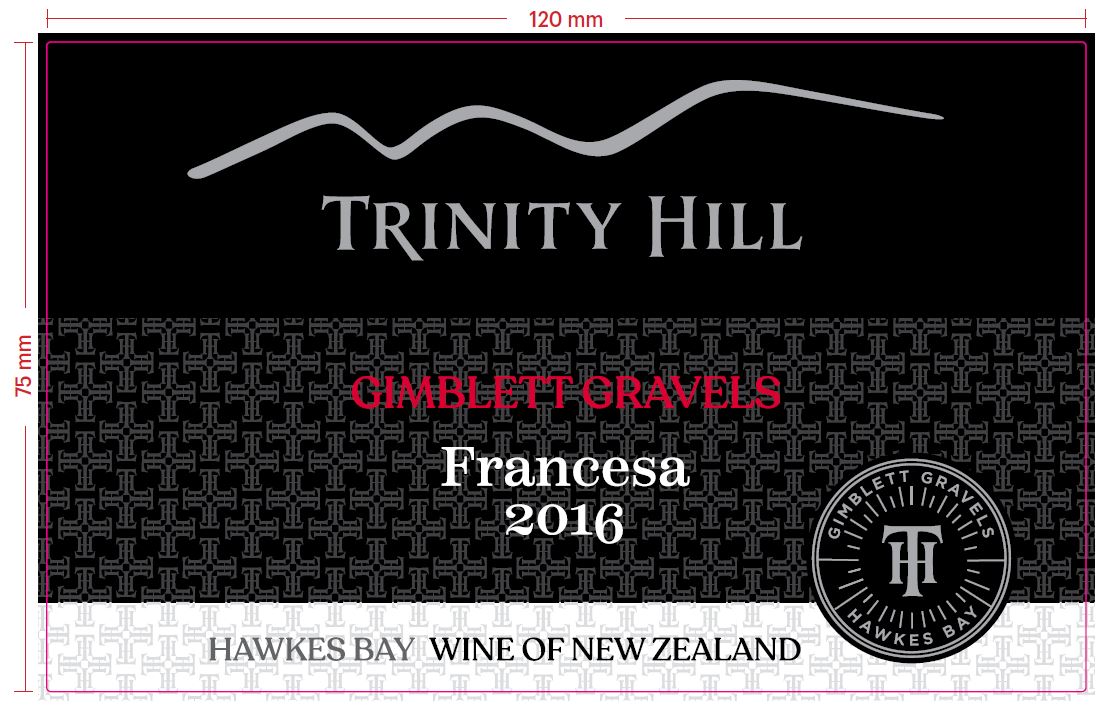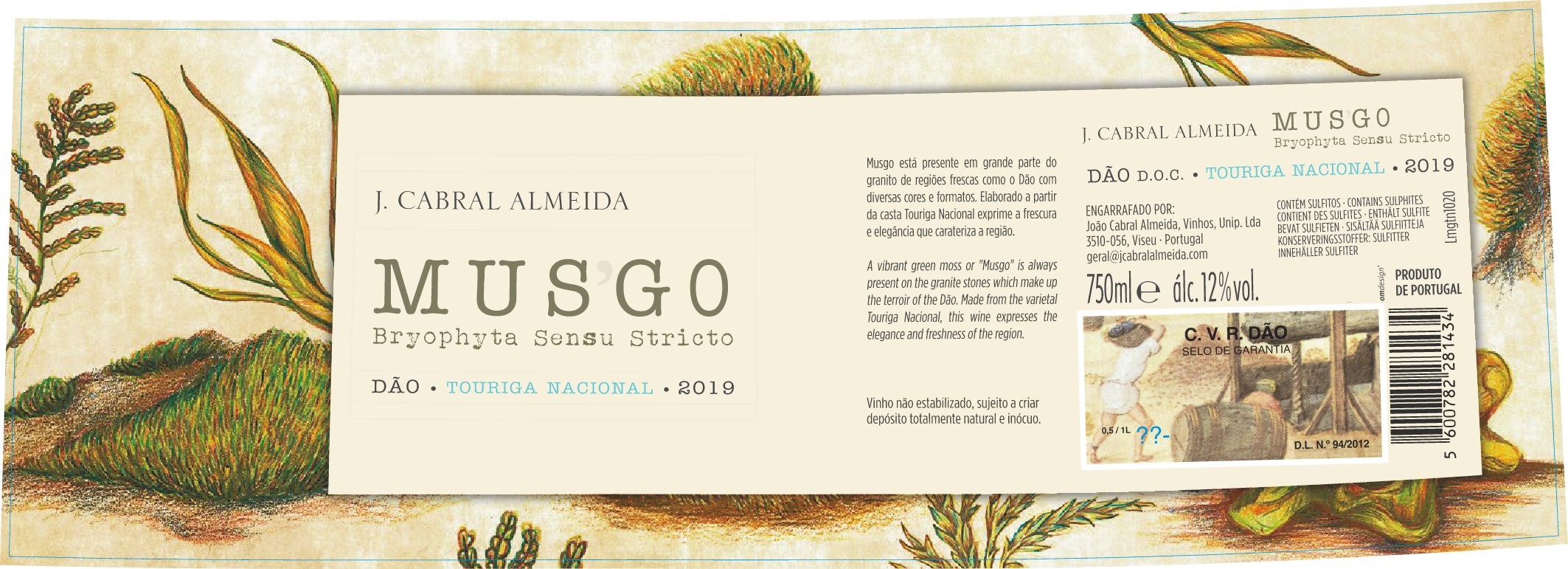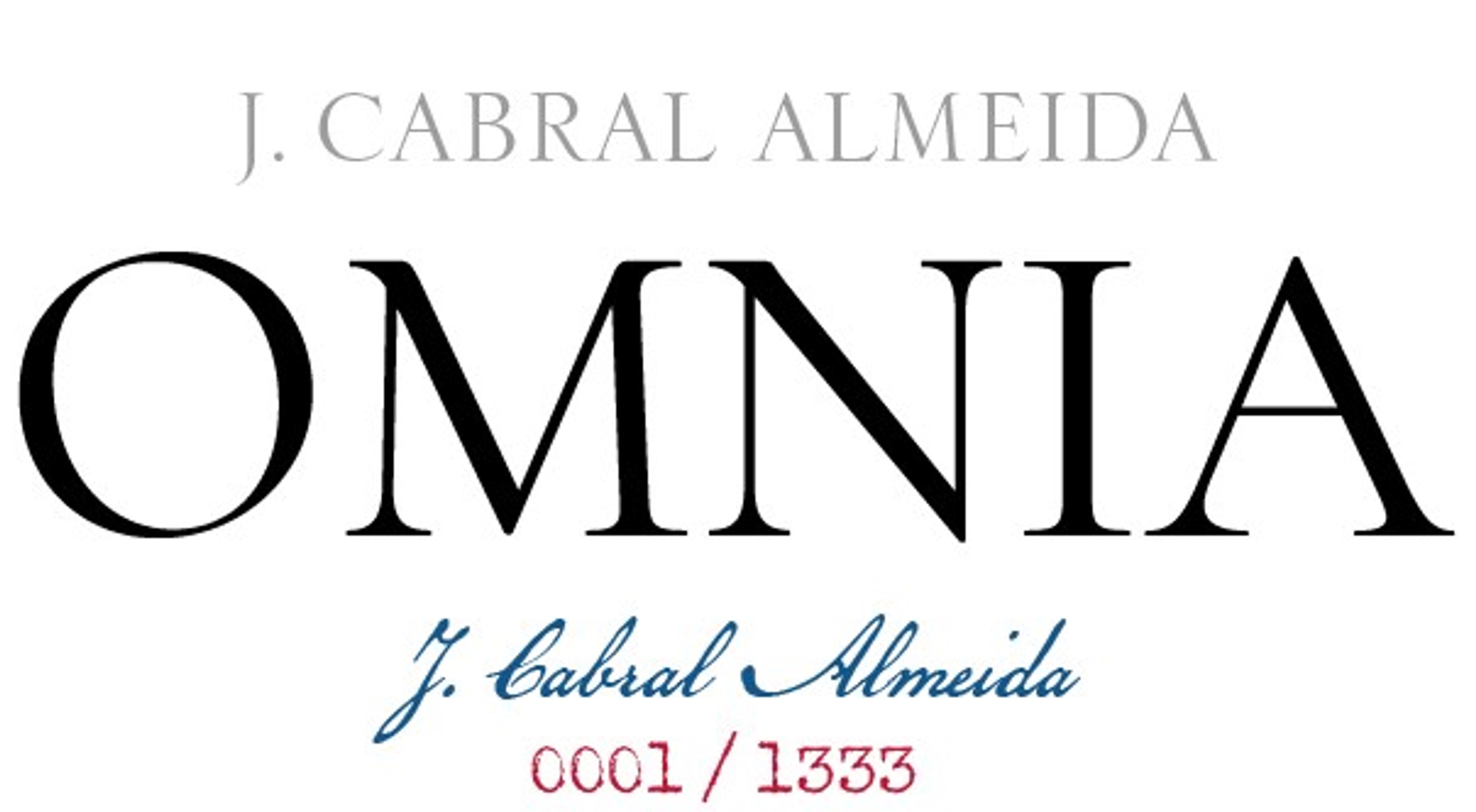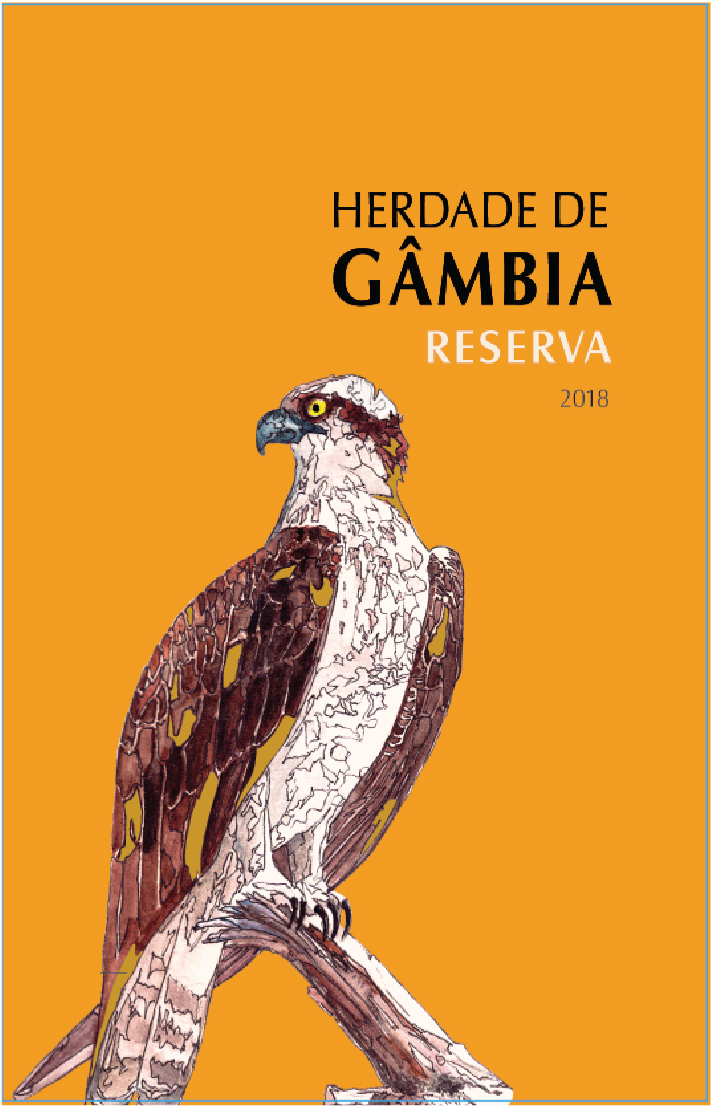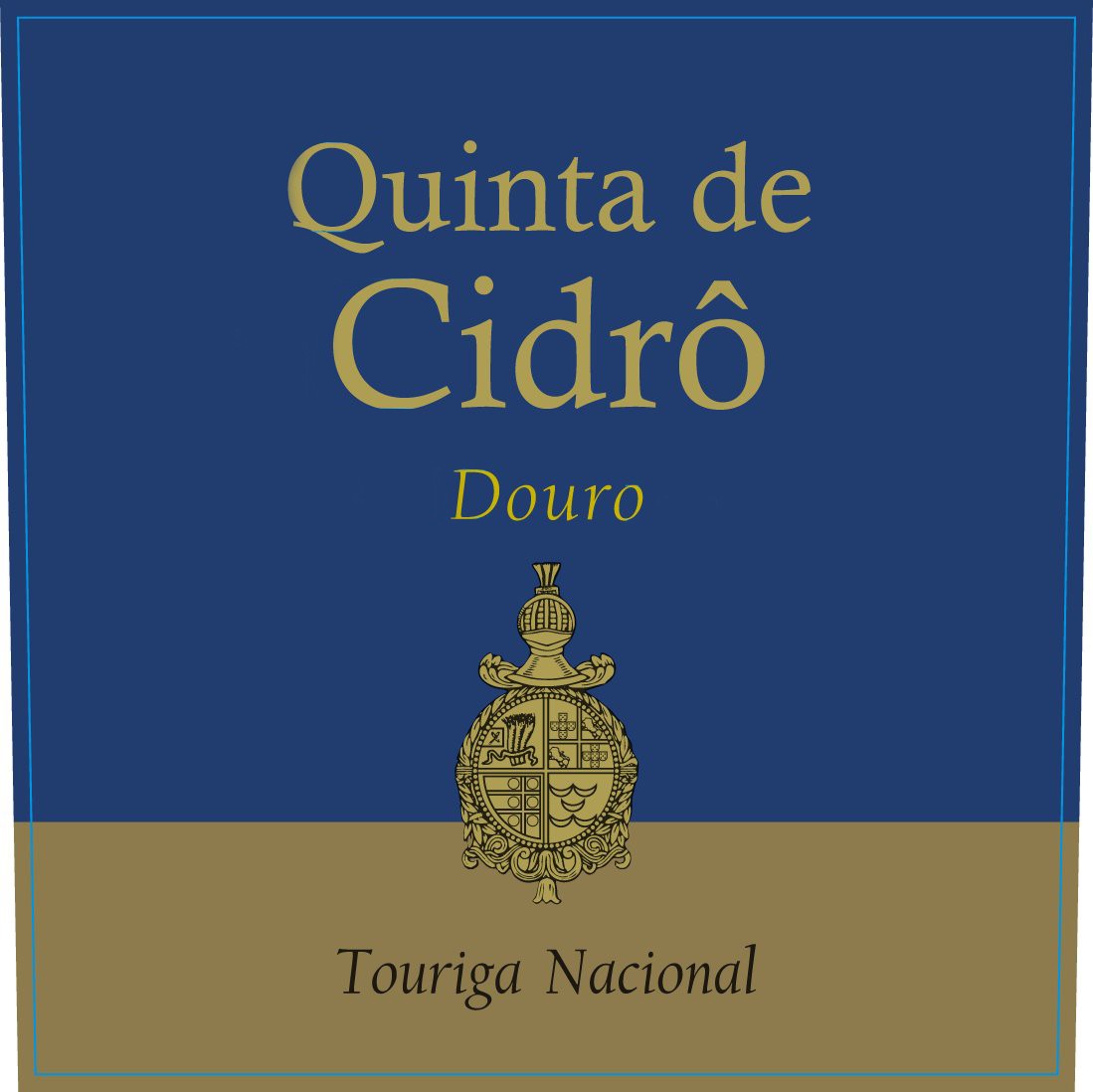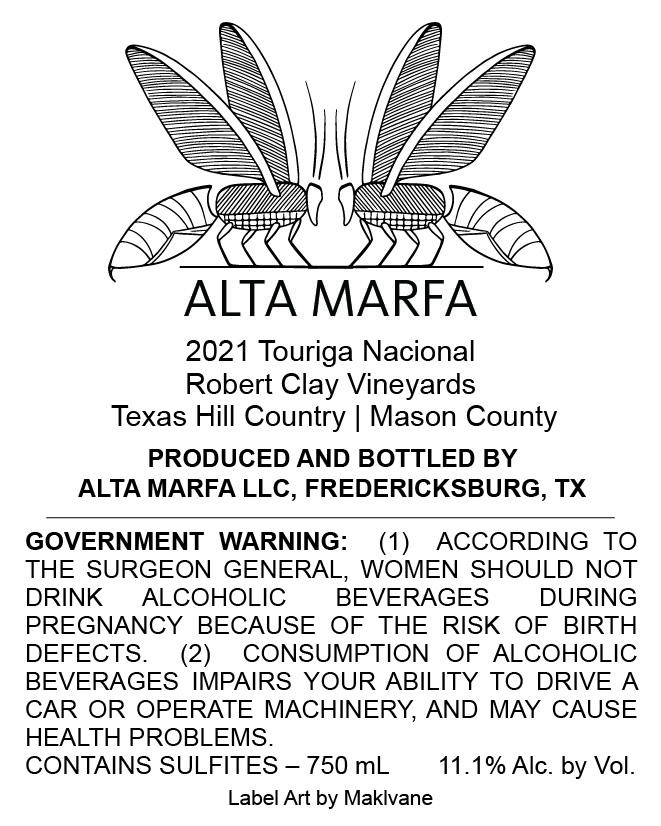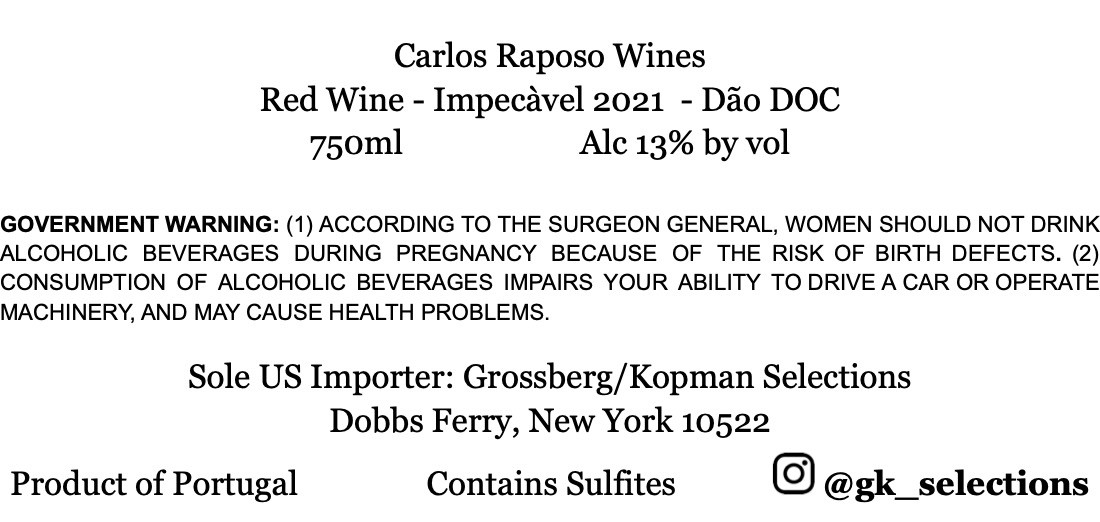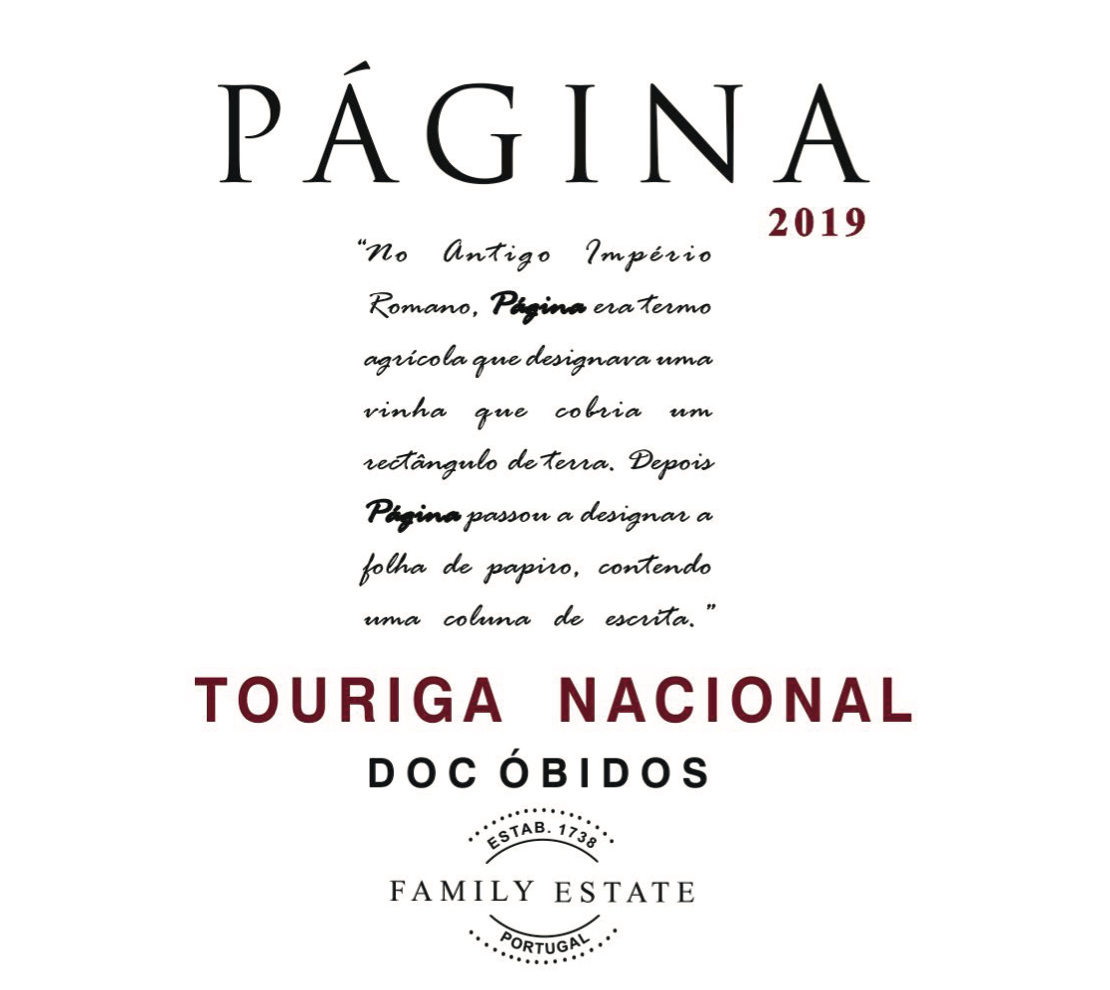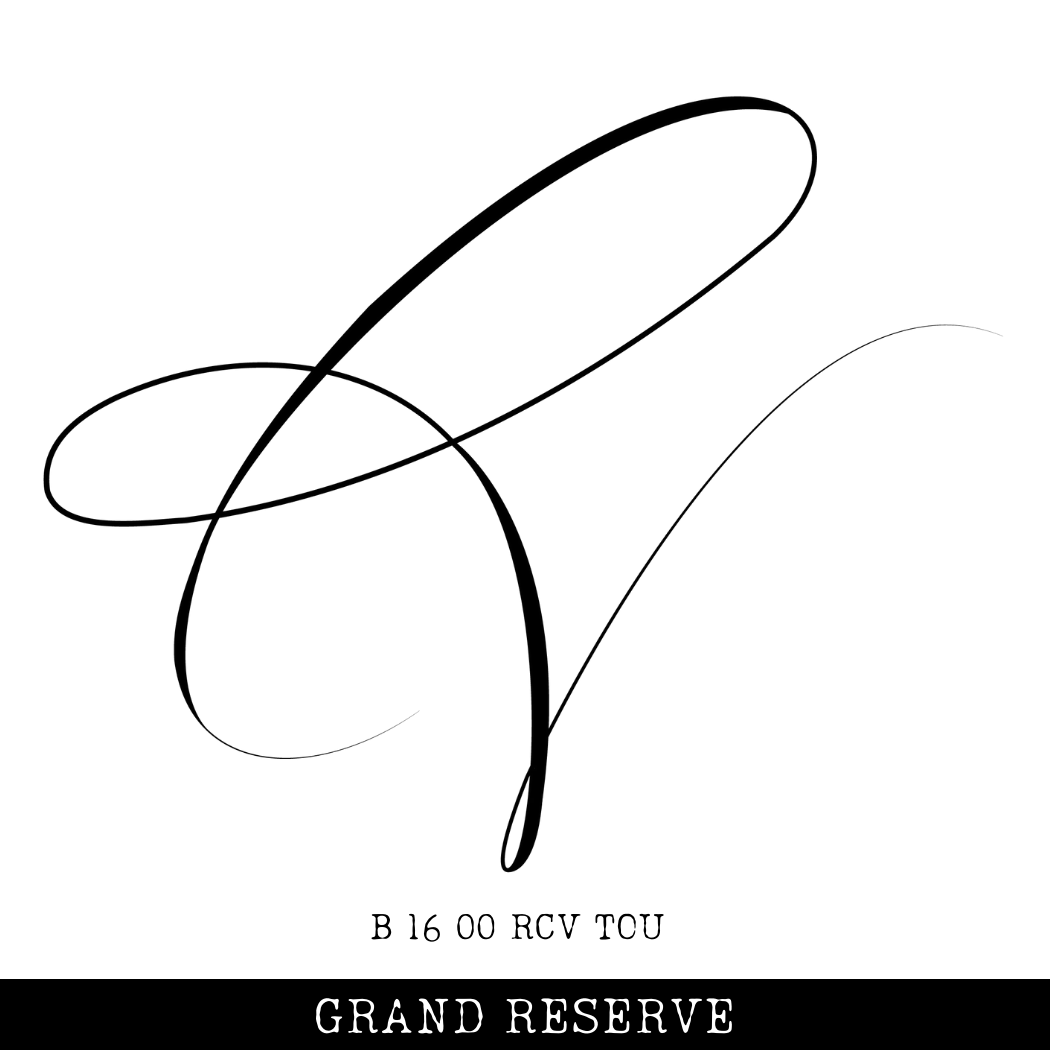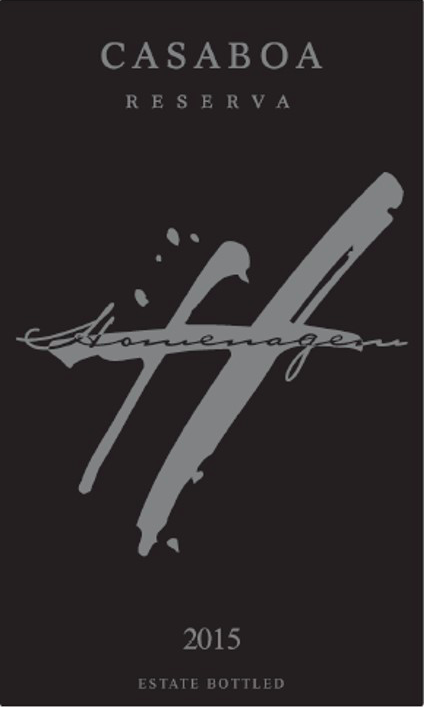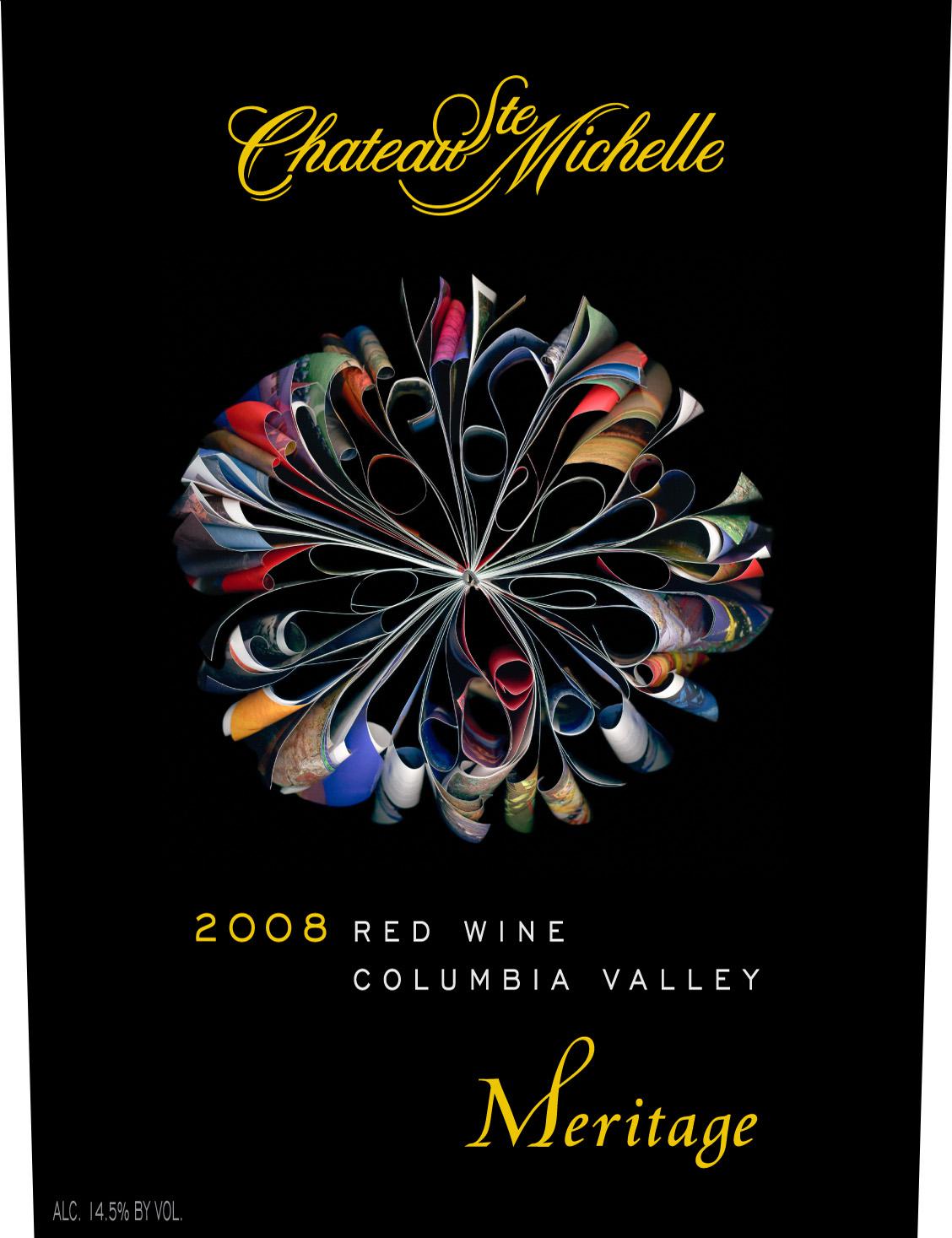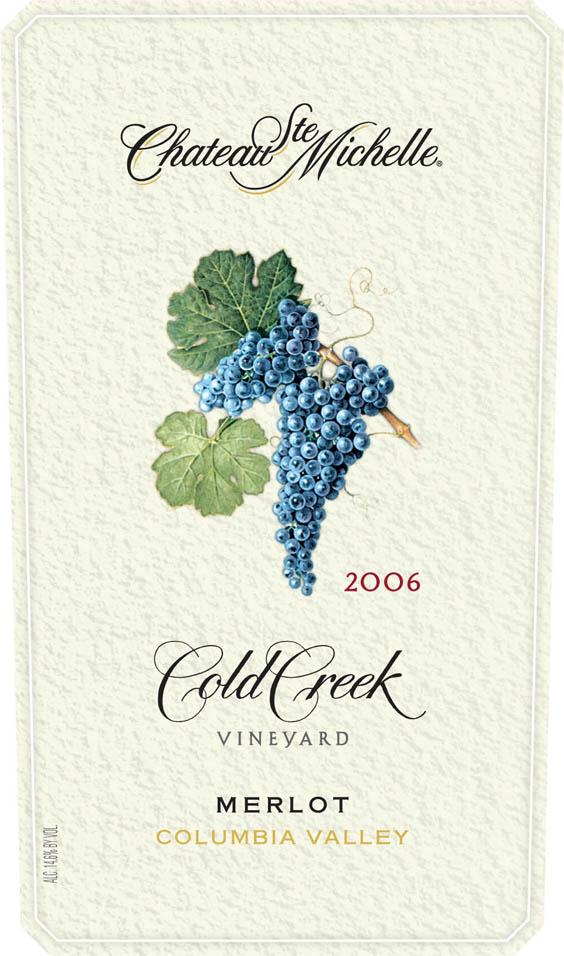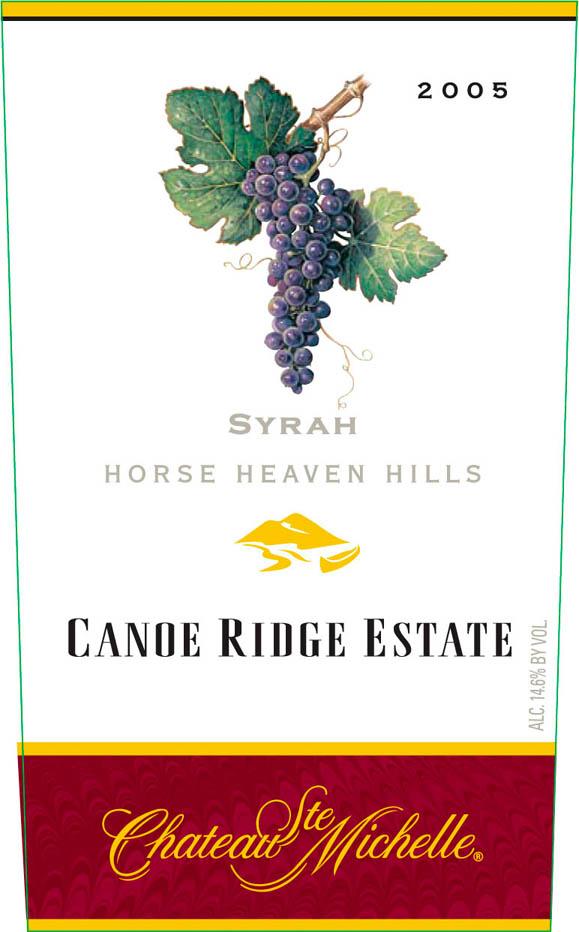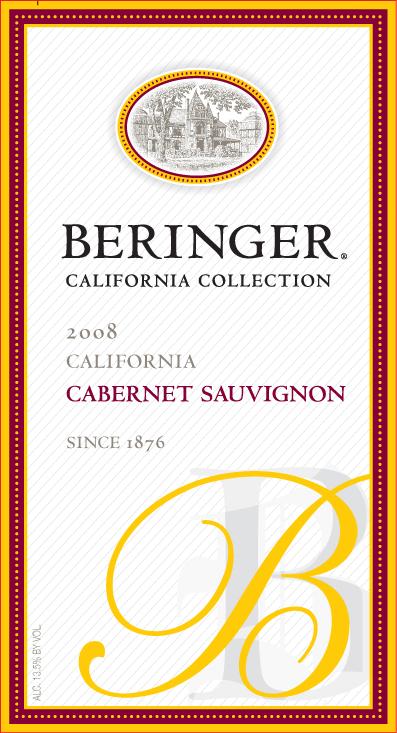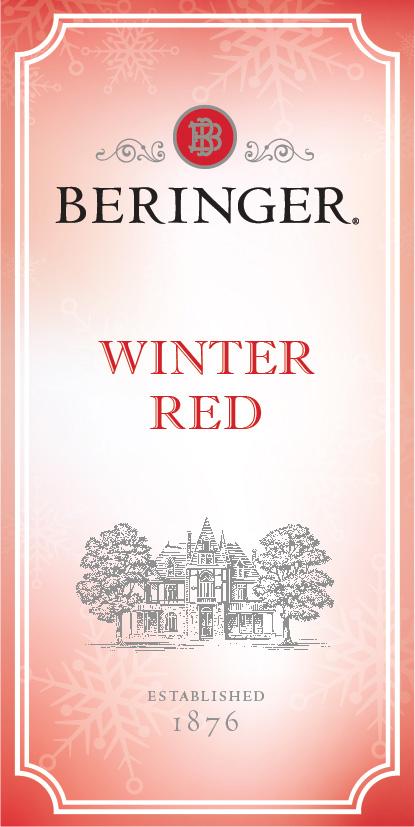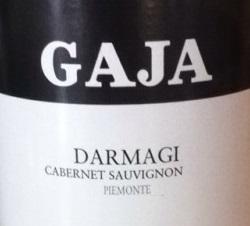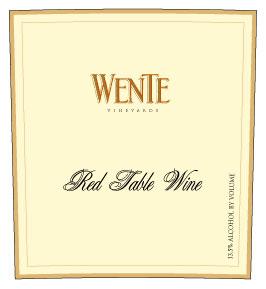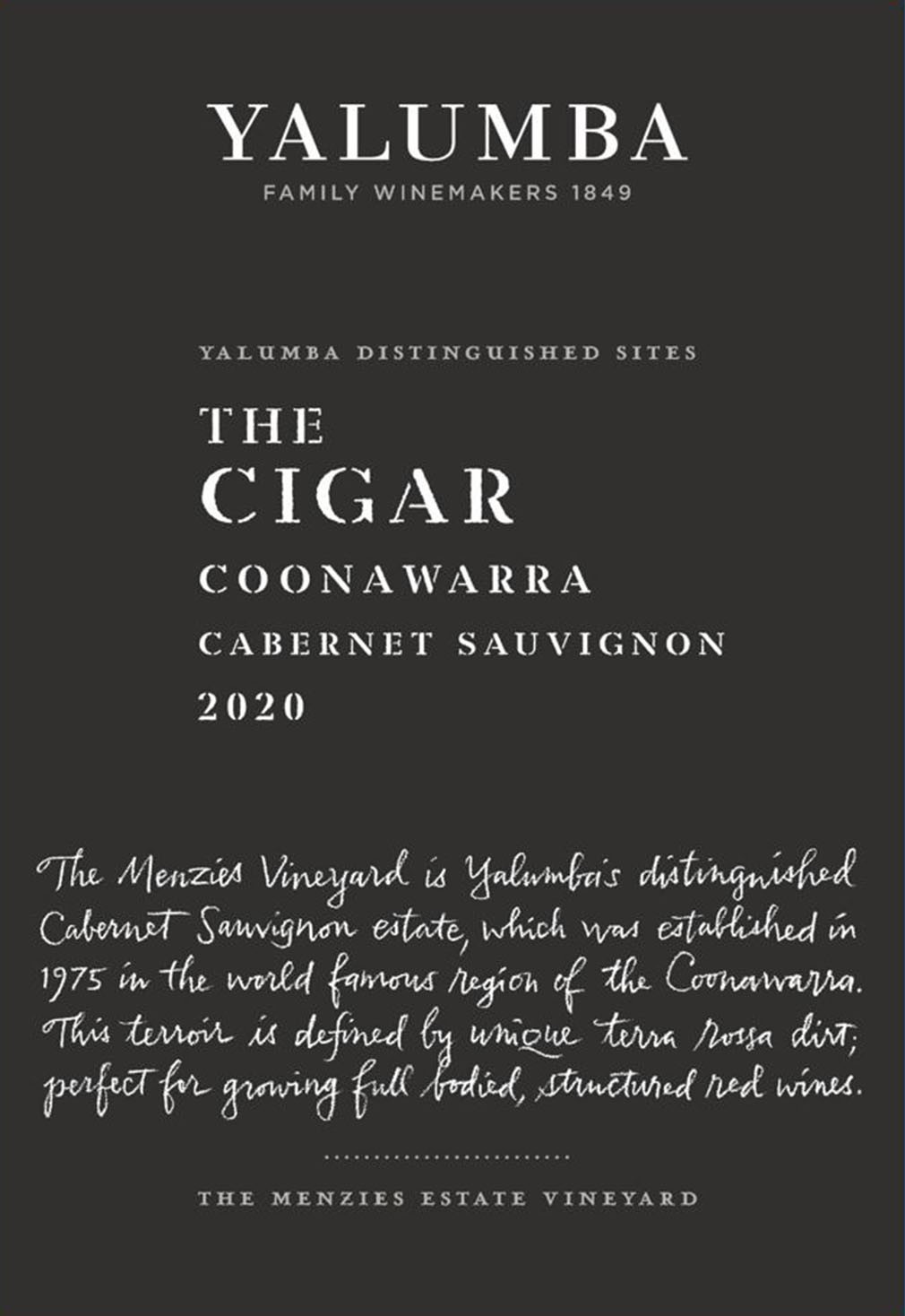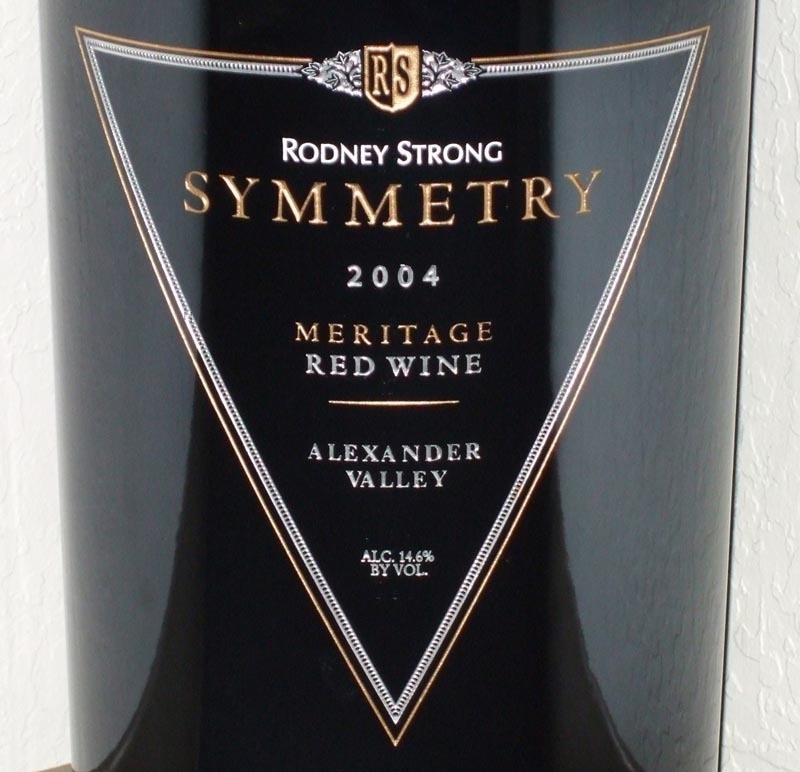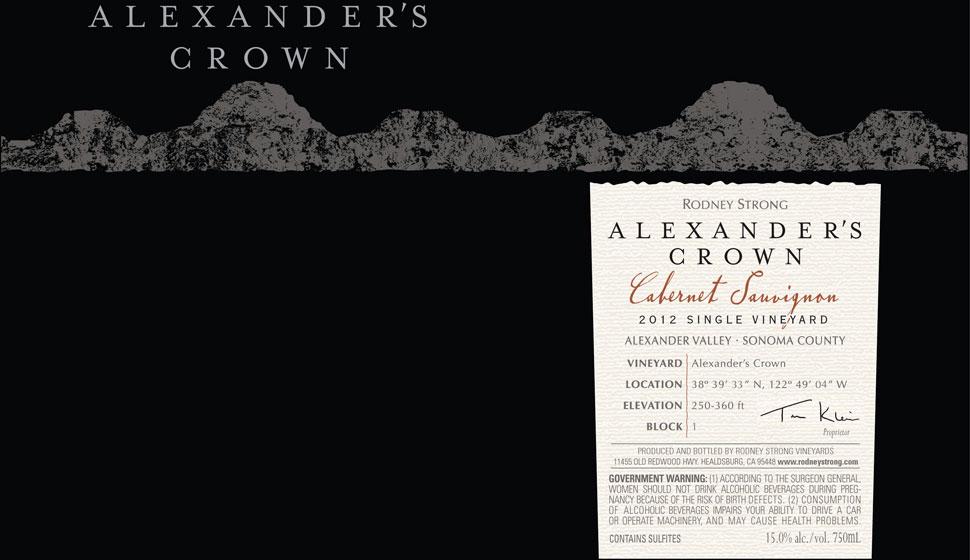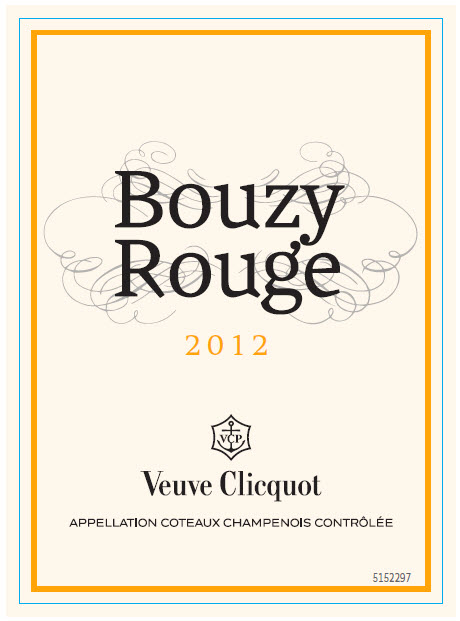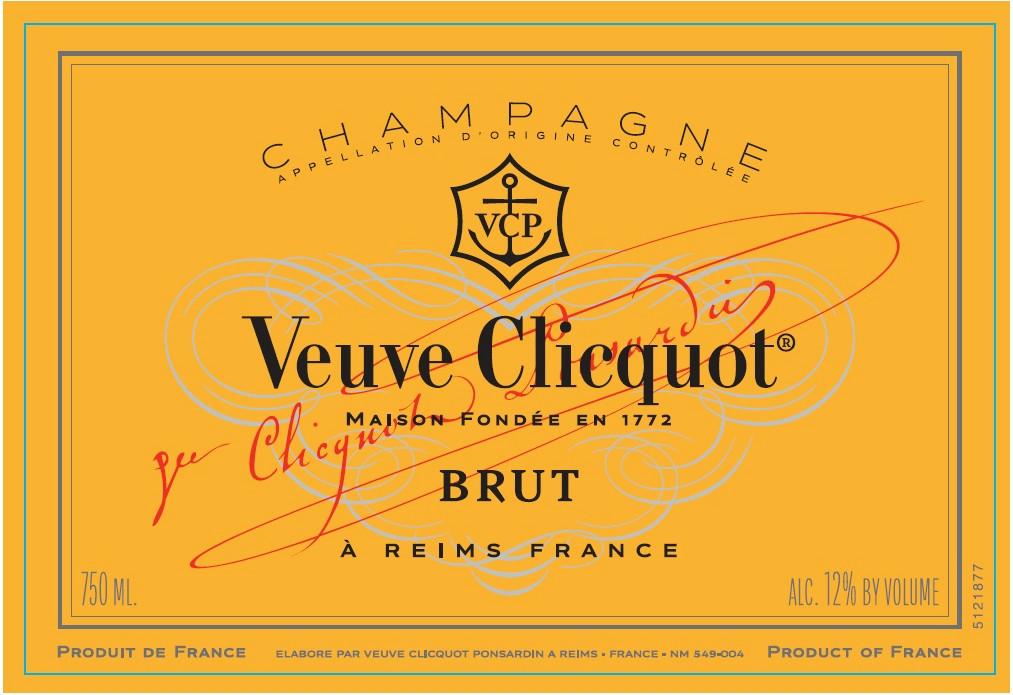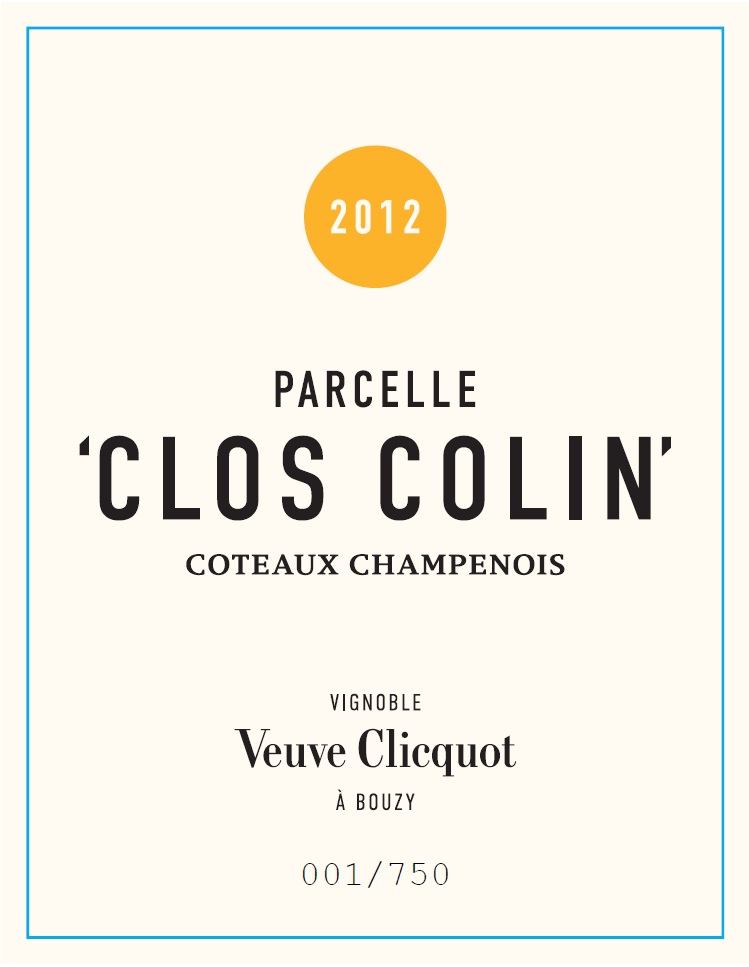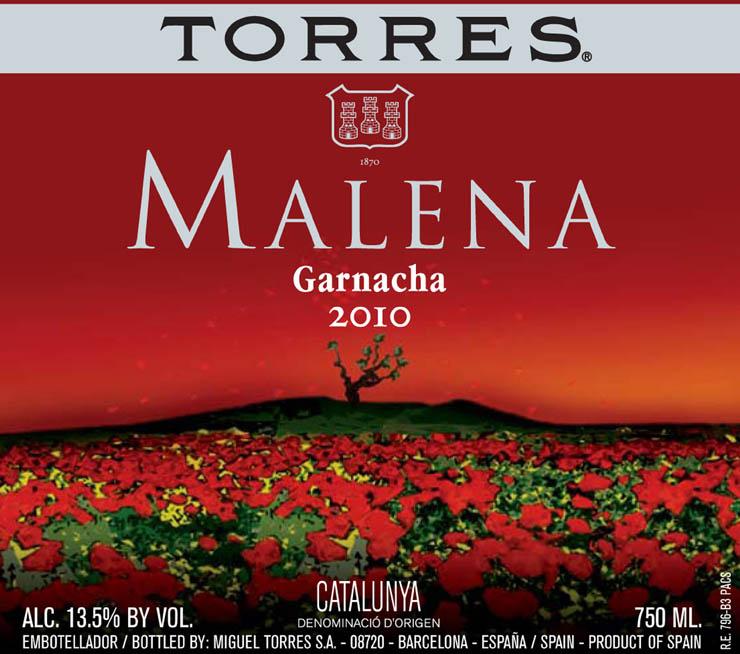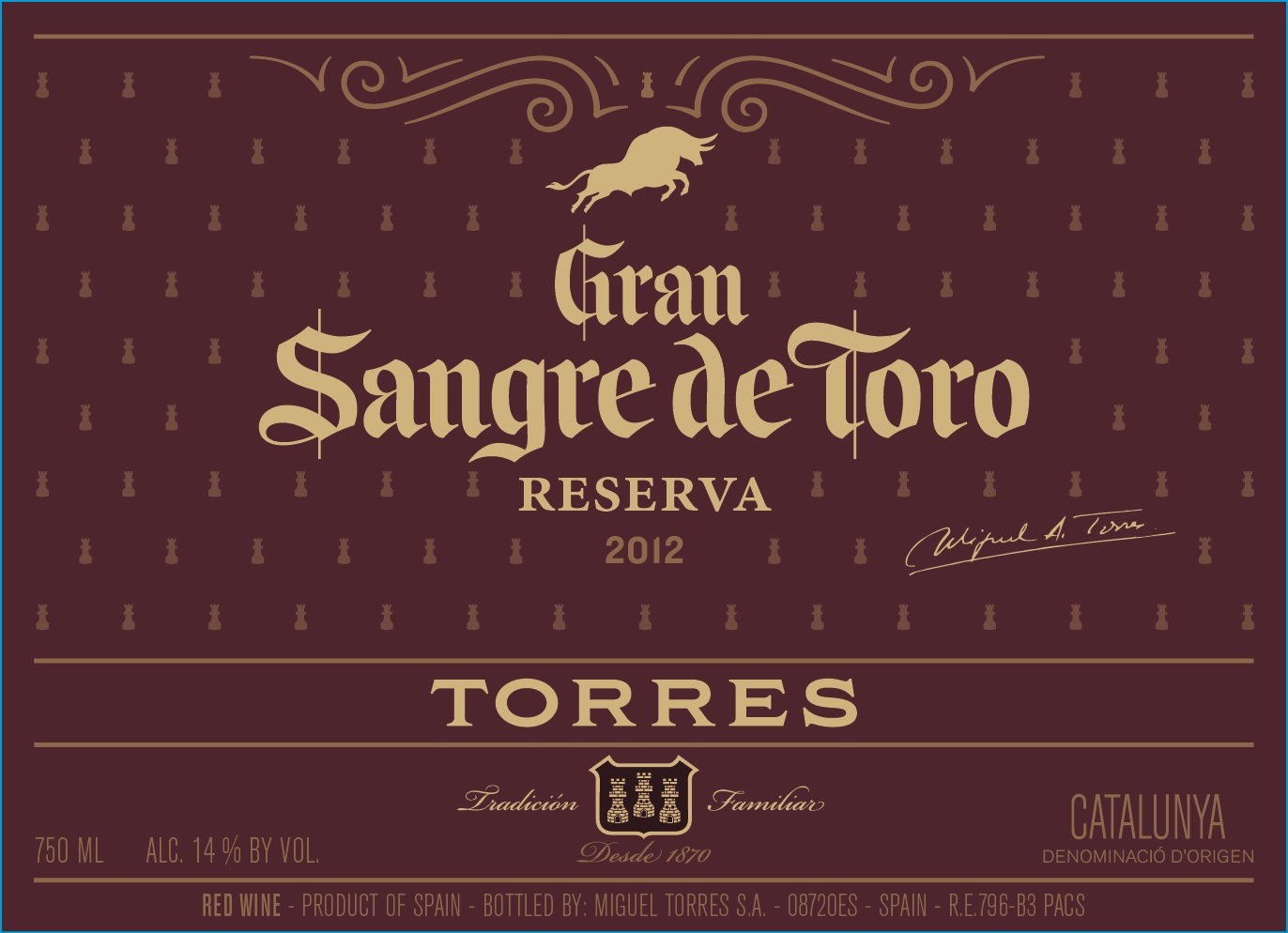Origins and Global Presence of Touriga Nacional and Tempranillo
Touriga Nacional: Portugal’s Noble Red Grape
Touriga Nacional hails from Portugal’s rugged northern regions, where it has long been cherished for its role in both dry reds and the country’s iconic Port wines. Its origins trace back to the Dão, with a name that highlights its deep Portuguese roots. Though phylloxera nearly wiped it out in the 19th century, Touriga Nacional has made a strong comeback and now stands as a symbol of Portugal’s winemaking heritage.
Today, it thrives not only in the Dão and Douro but has also made its mark abroad. In Australia, it is grown in regions like Barossa and Margaret River, shifting from fortified to expressive dry reds. California, Texas, and Virginia have embraced it for its bold flavors and structure, while South Africa uses it in both blends and fortified wines. Even Bordeaux has recently welcomed it as a blending grape, showing its adaptability and growing reputation worldwide.
Tempranillo / Tinta Roriz: Spain’s Signature Variety
Tempranillo is Spain’s most celebrated red grape, with a history stretching back to ancient times on the Iberian Peninsula. Its name comes from the Spanish word for “early,” a nod to its early ripening nature. Modern science has traced its parentage to two native Spanish grapes, confirming its true local origin. Over centuries, Tempranillo has spread from Spain’s heartland to Portugal, where it is called Tinta Roriz or Aragonez, and plays a key role in both Port and dry wines.
Its global journey has taken it to the Americas, Australia, and South Africa, thanks to its ability to adapt to new climates and soils. In Spain, it is the backbone of classics from Rioja and Ribera del Duero, while in places like Texas and Argentina, it is showing new promise. Tempranillo’s broad range of styles—from fresh and fruity to deep and age-worthy—has helped it become a favorite among winemakers and wine lovers around the world.
Flavor Profiles and Characteristics of Touriga Nacional and Tempranillo
Touriga Nacional’s flavor profile is striking and memorable. In the glass, it shows deep, inky color and an intense bouquet of black fruits—think blackberry and blackcurrant—layered with fragrant violets and a thread of wild herbs. On the palate, it is powerful and structured, with robust tannins and a dense, almost chewy texture. Notes of dark chocolate, baking spices, and sometimes a subtle earthy or mineral edge add complexity. The grape’s natural acidity keeps the wine lively, while its concentration and grip make it a favorite for aging.
Over time, Touriga Nacional develops savory undertones and a silky, harmonious finish, rewarding patience in the cellar.
Tempranillo, by contrast, offers a more approachable and versatile style. Its flavors range from fresh red cherry and plum in younger wines to deeper notes of dried fig, tobacco, and leather as it matures. Herbal hints—like tomato leaf and dried herbs—often mingle with subtle spice and a touch of earthiness. Tempranillo’s tannins are generally softer and more rounded than Touriga Nacional’s, giving the wine a smooth, elegant mouthfeel.
While it can be enjoyed young for its fruit-driven charm, the best examples gain complexity and depth with age, developing nuances of cedar, vanilla, and sweet spice from time in oak. This adaptability is a key reason Tempranillo remains a staple on tables around the world.
Food Pairings: Touriga Nacional vs. Tempranillo
Touriga Nacional’s bold character calls for equally robust food partners. Its firm tannins and vibrant acidity make it an outstanding match for rich meats—think grilled steak, roasted lamb, or hearty game like venison and wild boar. The wine’s structure is also ideal for smoky barbecue dishes and spiced sausages, where its depth can stand up to intense flavors without being overwhelmed.
-
Red meats & game: Beef tenderloin, lamb chops, venison, wild boar, pheasant
-
Barbecue & sausages: Smoked ribs, spicy pork sausage, barbecued or smoked chicken
-
Traditional Portuguese fare: Chanfana (roast goat stew), Posta Mirandesa (Mirandesa steak), Cozido à Portuguesa
-
Cheese: Aged Cheddar, Gruyere, Manchego, Stilton, Roquefort
-
Vegetarian options: Mushroom Wellington, roasted vegetables, bean and lentil stews
-
Fortified styles (Port): Blue cheese, chocolate desserts, custard tarts
Tempranillo’s food-friendly nature shines across a wide range of dishes. Its balance of fruit, acidity, and tannin makes it especially versatile with classic Spanish cuisine, from roast lamb and pork to savory tapas and cured meats. The wine’s moderate acidity is a natural partner for tomato-based recipes, while its supple texture complements roasted vegetables and hearty stews.
For cheese, reach for firm, aged varieties like Manchego.
-
Lamb & pork: Roasted leg of lamb, grilled lamb chops, cochinillo (roast pork), pork chops
-
Grilled meats & charcuterie: Beef steak, Spanish jamón, chorizo
-
Tapas: Patatas bravas, albondigas, tortilla española
-
Cheese: Manchego, Pecorino, other hard cheeses
-
Vegetarian options: Tomato-based pasta, pizza, roasted peppers, eggplant, zucchini
-
Hearty stews & braises: Meat or bean stews, dishes with herbs like rosemary and thyme
While Tempranillo is highly adaptable, it’s best to avoid pairing it with bitter vegetables, strong fish, or very acidic sauces, which can clash with the wine’s profile.
Where Are Touriga Nacional and Tempranillo Grown
Touriga Nacional Growing Regions
-
Douro Valley, Portugal: The heartland for Touriga Nacional, producing both powerful dry reds and the backbone for top Ports. The steep, schist-rich terraces here bring out the grape’s signature structure and floral intensity.
-
Dão, Portugal: Often considered the birthplace of Touriga Nacional, the Dão’s cooler climate and granite soils yield wines with lifted aromatics and a slightly lighter touch, emphasizing the grape’s elegance and perfume.
-
Alentejo, Portugal: In this warmer southern region, Touriga Nacional is used both in blends and as a varietal, showing rounder fruit and softer tannins.
-
Australia (Barossa, Margaret River): Australian winemakers have embraced Touriga Nacional, crafting rich, full-bodied reds with pronounced dark fruit and floral notes, often used in both blends and as stand-alone bottlings.
-
United States (California, Texas, Virginia): Touriga Nacional is gaining traction in American vineyards, where it thrives in sunny, warm climates and is used for both dry reds and fortified wines.
-
South Africa: Planted in select regions, Touriga Nacional is valued for its depth and blending potential, especially in fortified wine styles.
Tempranillo / Tinta Roriz Growing Regions
-
Rioja, Spain: The flagship region for Tempranillo, known for its age-worthy reds that balance vibrant fruit with savory, oak-driven complexity.
-
Ribera del Duero, Spain: Here, Tempranillo (locally called Tinto Fino or Tinta del País) produces powerful, structured wines that often show darker fruit and firmer tannins.
-
Toro, Spain: In this hot, dry region, Tempranillo (Tinta de Toro) yields bold, intensely flavored wines with higher alcohol and deep color.
-
Portugal (Douro, Dão, Alentejo): Known as Tinta Roriz or Aragonez, Tempranillo is a key player in both Port blends and dry reds, adding freshness and structure.
-
Argentina: Tempranillo has found a home in Mendoza, producing fruit-forward, approachable reds with a distinctly New World style.
-
United States (California, Texas): Increasingly planted in warm regions, Tempranillo is appreciated for its versatility and ability to produce both youthful and age-worthy wines.
-
Australia: Grown in regions like McLaren Vale and the Riverland, Tempranillo is crafted into juicy, modern reds that highlight its fruit and spice.
Which Wine Is Right for You?
Deciding between Touriga Nacional and Tempranillo comes down to your taste preferences and the kind of wine experience you seek:
-
Choose Touriga Nacional if you love full-bodied, deeply colored reds with bold structure, intense black fruit, floral aromas, and firm tannins. This is the wine for those who enjoy powerful, age-worthy bottles—perfect with rich meats, hearty stews, and strong cheeses. It’s an excellent choice if you appreciate complexity and don’t mind waiting for a wine to reveal its best in the cellar.
-
Choose Tempranillo if you prefer medium to full-bodied wines with a smooth, rounded mouthfeel and flavors of red cherry, plum, and subtle spice. Tempranillo’s versatility makes it ideal for everyday enjoyment, pairing beautifully with a wide range of foods from roasted meats to classic Spanish tapas. If you appreciate wines that can be both fresh and easy-drinking or complex and age-worthy, Tempranillo is a reliable go-to.
Exploring both grapes—especially from different regions—will help you discover which style truly matches your palate and dining preferences.







